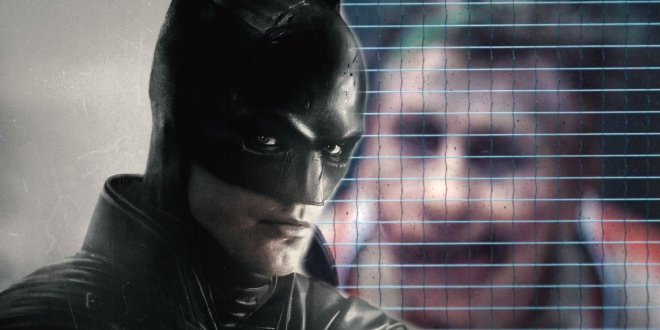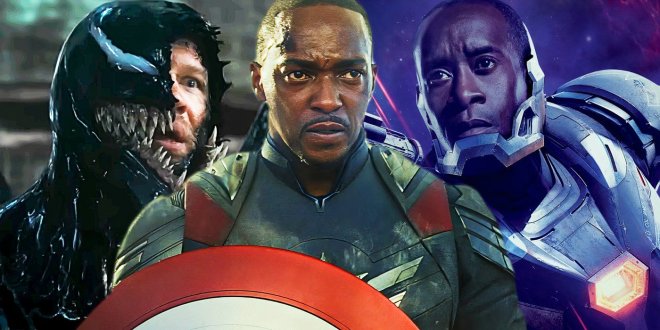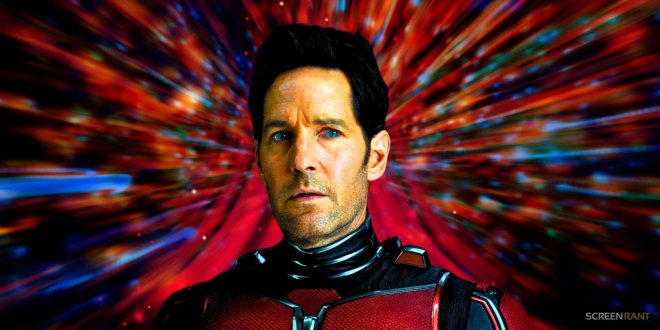10 Things That Make No Sense About The MCU"s Iron Man Movies
Summary- Iron Man's lack of defensive plans against the Mandarin defies logic in Iron Man 3.
- Iron Man's resilience without super-durability stretches believability in the MCU.
- The "Inside the Helmet" shots in the Iron Man movies are visually striking but defy logical coherence.
The Iron Man movies began with Iron Man in 2008, directed by Jon Favreau and starring Downey Jr. as Tony Stark. This film was a commercial and critical success, establishing Stark as a charismatic billionaire inventor and superhero. The franchise continued with Iron Man 2 (2010), which expanded Stark’s world and introduced new characters like Black Widow. Iron Man 3 (2013), directed by Shane Black, explored Stark’s psychological struggles. These films collectively shaped the MCU’s trajectory, integrating Stark’s arc into broader narrative threads and setting the stage for future crossovers and character developments.
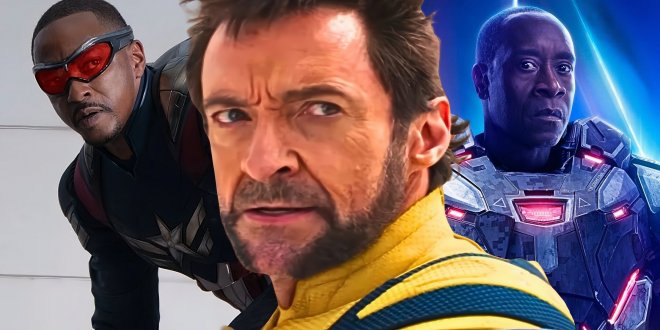 Related Every Upcoming Marvel Movie: Full MCU Phase 5 & 6 List (& Beyond) Between Marvel Studios and Sony Pictures Entertainment, here is every upcoming Marvel movie release date and what we know about the projects so far.
Related Every Upcoming Marvel Movie: Full MCU Phase 5 & 6 List (& Beyond) Between Marvel Studios and Sony Pictures Entertainment, here is every upcoming Marvel movie release date and what we know about the projects so far.1 10 Iron Man Challenges The Mandarin But Makes No Defensive Plans Iron Man 3 Close In Iron Man 3, Tony Stark’s decision to challenge the Mandarin to attack his home, without implementing any defensive measures, defies logic and seems out of character for the brilliant inventor. Given Stark's intelligence and his past experiences with threats, it is baffling that he would openly invite danger without fortifying his mansion. The absence of defenses is particularly strange considering Stark's history. By this point, he had faced numerous adversaries and has demonstrated a proactive approach to security.
The fact that he doesn't anticipate a retaliatory strike from the Mandarin after making such a bold public declaration is puzzling. Stark's lack of preparation undermines his character's established traits of foresight and ingenuity. This oversight in the plot not only weakens the narrative but also contradicts the resourcefulness that defines Iron Man, making it one of the more perplexing elements of the film.
9 No Super-Durability Iron Man, Iron Man 2, Iron Man 3 Close In the Marvel Cinematic Universe, Iron Man repeatedly endures serious injuries and makes surprisingly quick recoveries, a phenomenon that often stretches believability given his lack of superhuman abilities. Unlike other Avengers who possess superdurability - such as Thor, Hulk, or Captain America - Tony Stark relies solely on his advanced armor for protection. While the Iron Man suit provides a formidable defense against physical damage, the man inside remains vulnerable. Stark's numerous high-impact battles and close encounters with death frequently leave him battered and bruised.
Despite this, Iron Man tends to bounce back with remarkable speed, sometimes without sufficient medical explanation or recovery time. His resilience can be partially attributed to his exceptional intellect, which allows him to design cutting-edge medical technologies and solutions for his injuries. However, the consistency of his quick recoveries often demands a suspension of disbelief from the audience.
8 The Inside The Helmet Shots Are Great But Make No Sense Iron Man 1, Iron Man 2, Iron Man 3 Close The "Inside the Helmet" shots in the Iron Man movies are visually striking and provide an immersive perspective into Tony Stark's and James Rhodes’ experiences. These shots showcase detailed HUD displays and various readouts, enhancing the futuristic and high-tech feel of the Iron Man suits. However, they often defy logical coherence, revealing more space inside the helmet than would be realistically available. In several scenes, both Tony and Rhodey can be seen turning their heads to interact with their internal screens.
Logically, if either hero turns their head, then the screen would also move. These sequences imply a significant amount of room within the helmet, which clashes with the tight, compact design of the suit as portrayed in other scenes. While certainly a striking visual, the practicality of how these helmets would actually function is questionable.
7 Tony's Personal Issues Were Often Side-Lined Iron Man 1, Iron Man 2, Iron Man 3 Close In the Iron Man movies, Tony Stark’s personal struggles are often sidelined, despite their significant roles in the comics. The films touch on his complex character but largely avoid deeper exploration of his issues. One notable omission is Stark’s battle with alcoholism, a central element of his comic book arc. Despite its importance to his character’s development and moral struggles, the films never address Stark's alcoholism, missing an opportunity to delve into this profound aspect of his character.
Similarly, Stark’s post-traumatic stress disorder is briefly touched upon in Iron Man 3 but is resolved rather swiftly. The film introduces his PTSD as a result of the alien invasion in The Avengers, yet this serious issue is quickly addressed and tied up by the end of the movie. While Tony Stark's arm injury is relegated to minor MCU Easter eggs.
6 How Did Whiplash Get On The Racetrack? Iron Man 2 Close In Iron Man 2, the scene where Whiplash appears on the Monaco Grand Prix racetrack with full weaponry raises several logical issues. Despite the high security and the intense public scrutiny surrounding such a high-profile event, Whiplash manages to infiltrate the racetrack with his advanced weaponry without being detected or causing any significant disruption before Iron Man arrives.
The movie shows Whiplash using a powerful, electrified whip to attack the race cars and create chaos, but his entry onto the track remains unexplained. Given the extensive security measures typically in place at such events, it's puzzling how he could bypass these defenses. The lack of prior detection or any early signs of trouble is inconsistent with the rigorous monitoring expected at a major international race. Moreover, the ease with which Whiplash sets up his attack without immediate intervention from security or emergency personnel adds to the scene’s implausibility.
5 Iron Man Stops Manufacturing Weapons But Then Becomes One Iron Man (2008)
Close In Iron Man (2008), Tony Stark’s decision to stop manufacturing weapons marks a significant moral pivot, as he seeks to atone for his past as a weapons manufacturer. However, this shift in values is contradicted by his subsequent creation of the Iron Man suit, which is arguably the most advanced and efficient weapon ever developed. Iron Man’s suit, designed to be a high-tech, heavily armed battle suit, embodies many features typical of weaponized technology.
Despite his commitment to abandoning weapon production, Stark creates a suit equipped with repulsor beams, missiles, and other destructive capabilities. This is compounded by the proliferation of similar weapons technology. Stark’s armor inspires numerous copycat designs, leading to the emergence of deadly armor and advanced weaponry globally. This sets up the narrative for the MCU's Armor Wars, where the focus shifts to the fallout of Stark’s technology falling into the wrong hands.
4 Tony Stark's Impossible Heart Surgery Iron Man & Iron Man 3 Close In Iron Man (2008), Tony Stark’s heart surgery to remove the encroaching shrapnel is depicted as an impossible operation, necessitating the creation of the arc reactor, and consequently the Iron Man suit. The film portrays the shrapnel as life-threatening, making it clear that traditional medical methods cannot address the problem. However, in Iron Man 3, this significant plot point is dismissed rather casually. Stark undergoes the surgery to remove the shrapnel during the movie's epilogue with relative ease, contradicting the earlier portrayal of the problem as insurmountable.
This sudden resolution undermines the gravity of the situation depicted in the first film. The discrepancy between the two films highlights a major plot inconsistency. The previously established necessity of the arc reactor for survival is suddenly negated, which diminishes the impact of Tony’s original struggle and the arc reactor’s role in his journey.
3 Aldrich Killian's Plan Is A Mess Of Coincidence And Unnecessary Distractions Iron Man 3 Close Aldrich Killian's plan in Iron Man 3 is notable for its lack of coherence and reliance on implausible assumptions about people's reactions. Killian's scheme involves using a fake Mandarin to create a diversion, while secretly deploying the Extremis virus to create super-powered soldiers. His ultimate goal is to use the virus as leverage to manipulate and control global events, aiming for personal gain and recognition.
The plan’s fundamental flaw lies in its over-reliance on the manipulation of public perception and the unpredictability of Tony Stark’s responses. Killian's strategy depends on a series of highly improbable events: the success of the Mandarin's deception, the unanticipated escalation of the Extremis virus, and Tony’s specific reactions to his threats. This creates a convoluted plot that strains credibility. Compared to the initially established Mandarin storyline, Killian’s plot feels lackluster and underwhelming.
2 Iron Man Destroyed His Suits For No Reason Iron Man 3 Close In Iron Man 3, Tony Stark’s decision to destroy all his Iron Man suits is portrayed as a significant gesture of personal sacrifice for Pepper Potts. Stark believes that eliminating his suits will help him focus on their relationship and demonstrate his commitment to her. However, this dramatic act is contradicted. Pepper Potts explicitly states that she doesn’t want Tony to destroy his suits, suggesting that the decision was driven more by Tony's personal issues rather than her desires.
Despite this, Stark’s gesture is presented as a key emotional turning point in the film, choosing Pepper over his life as a superhero. Yet, by the time of Avengers: Infinity War, Tony appears with a brand-new suit. This new suit undermines the supposed finality of the destruction in Iron Man 3. The apparent reversal of Stark's choice highlights a narrative inconsistency, as his previous sacrifice and its impact are diminished.
1 The Fake Mandarin Twist Iron Man 3 Close The fake Mandarin twist in Iron Man 3 is widely criticized for its contrived plot and perceived waste of a compelling villain. Throughout the film, Ben Kingsley’s portrayal of the Mandarin builds significant anticipation, presenting him as a formidable terrorist leader with a menacing agenda. However, the twist reveals that the Mandarin is actually an actor named Trevor Slattery, hired by Aldrich Killian to distract and mislead Tony Stark.
This revelation undermines the potential of the Mandarin, a character with deep roots in Iron Man’s comic book lore. The Mandarin’s promise as a major antagonist is squandered, reducing him to a mere puppet in a far less intriguing subplot. Instead of exploring the complex and iconic villain from the comics, the film introduces Killian as the true mastermind, who, despite his own villainous traits, fails to live up to the Mandarin’s formidable reputation, making it the most baffling choice in the Iron Man movies.
 Iron Man PG-13 Where to Watch *Availability in US
Iron Man PG-13 Where to Watch *Availability in USstream rent buy Not available
Not available
Not available
Iron Man is the first film in the long-running Marvel Cinematic Universe franchise. Robert Downey Jr. stars as Tony Stark, who becomes Iron Man after he is kidnapped and discovers terrorists are using weapons developed by Stark Industries. Gwyneth Paltrow stars as Tony's love interest Pepper Potts alongside Jon Favreau as Happy Hogan and Jeff Bridges as the villainous Obadiah Stane.
Director Jon Favreau Release Date May 2, 2008 Runtime 126 minutes
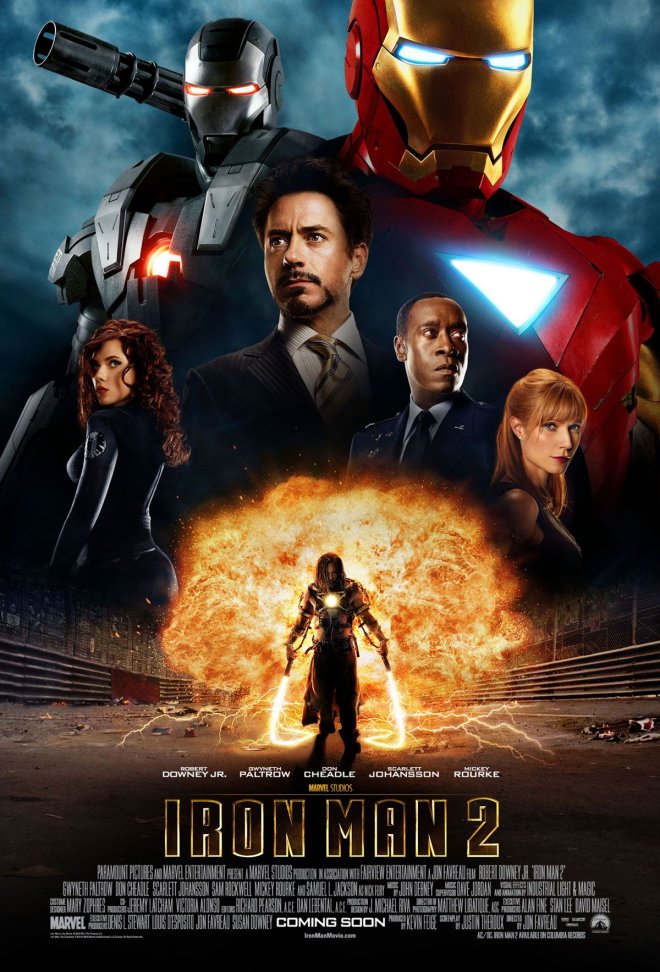 Iron Man 2 PG-13 Where to Watch *Availability in US
Iron Man 2 PG-13 Where to Watch *Availability in USstream rent buy Not available
Not available
Not available
The third film in the Marvel Cinematic Universe, Iron Man 2, is an action-superhero film that occurs six months after the original film's events. After outing himself as the heavy metal superhero known as Iron Man, Tony Stark goes to great lengths to avoid demands from the government for his tech. But, unfortunately, the technology Tony used to save his life is beginning to impact his health inversely - just in time for a man named Ivan Vanko to arrive, who creates his version of the Iron Man tech to settle a decades-long score with Howard Stark's son.
Director Jon Favreau Release Date May 7, 2010 Runtime 124 minutes
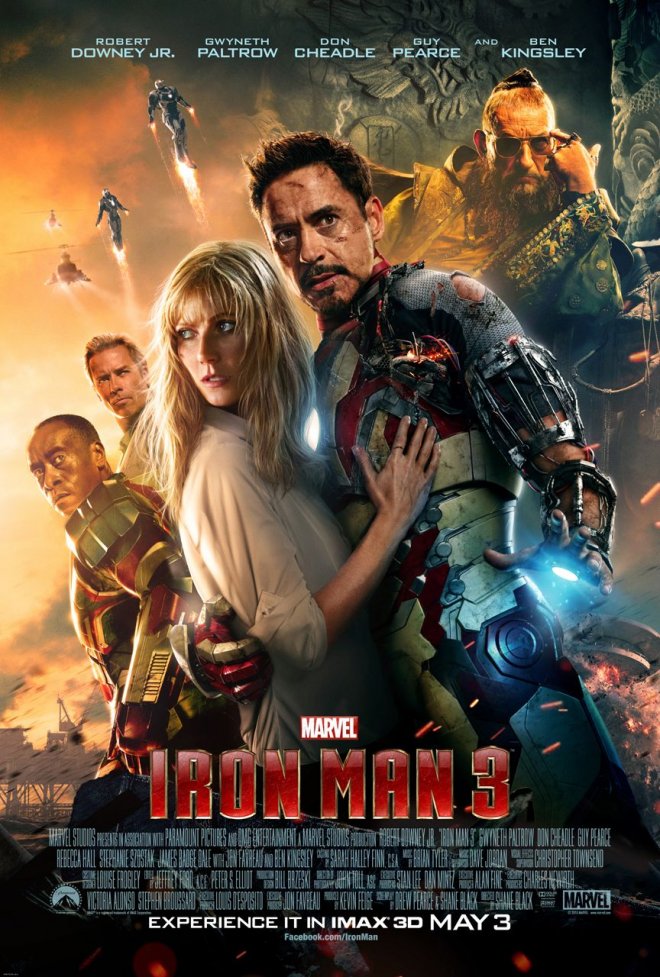 Iron Man 3 PG-13 Where to Watch *Availability in US
Iron Man 3 PG-13 Where to Watch *Availability in USstream rent buy Not available
Not available
Not available
Iron Man 3 pits genius-billionaire-playboy-philanthropist Tony Stark (Iron Man) against the Mandarin, an enemy whose reach knows no bounds. When Stark finds his world destroyed by his mysterious antagonist, he embarks on a dangerous quest to find those responsible. His journey will test his character at every turn. With his back against the wall, Stark is left to survive by his own devices, relying on his ingenuity and instincts to protect those closest to him and determine whether or not the suit makes the man or if Tony himself is the hero.
Director Shane Black Release Date May 3, 2013 Runtime 130 Mins Upcoming Marvel Movies
Release Date
Deadpool & Wolverine
July 26, 2024
Captain America: Brave New World
February 14, 2025
Thunderbolts*
May 2, 2025
The Fantastic Four
July 25, 2025
Blade
November 7, 2025
Avengers: The Kang Dynasty
May 1, 2026
Avengers: Secret Wars
May 7, 2027
[圖擷取自網路,如有疑問請私訊]
|
本篇 |
不想錯過? 請追蹤FB專頁! |
| 喜歡這篇嗎?快分享吧! |
相關文章
tag_marvel










